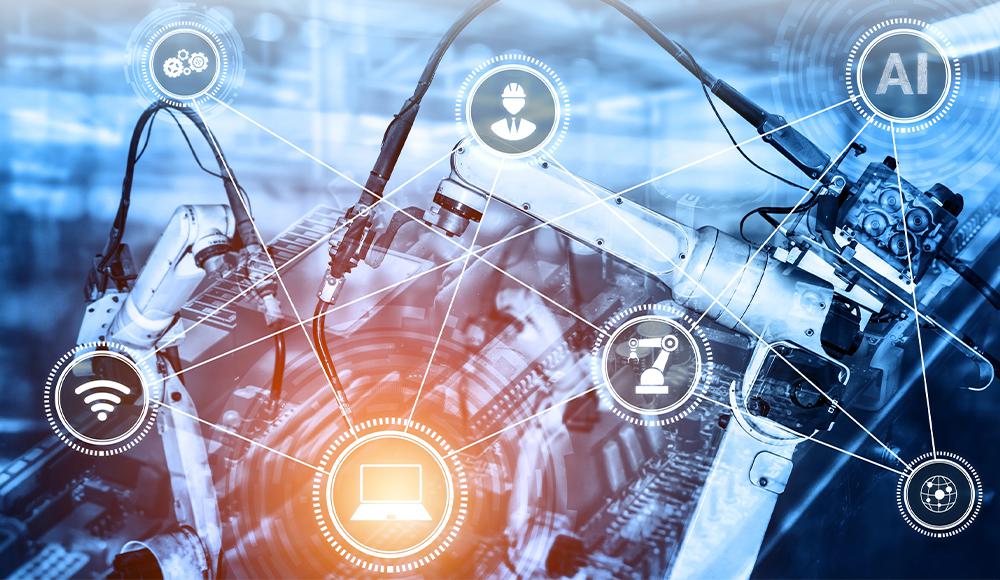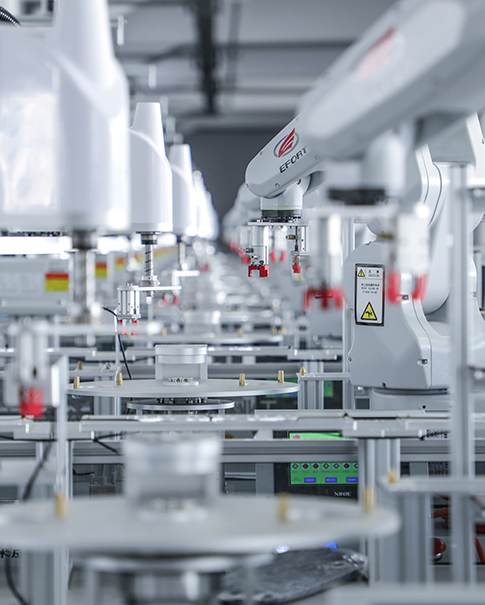How can you reduce robot malfunctions?
Why do robots malfunction?
The ever-growing number of industrial robots brings an increased risk of malfunction. The plant managers will have a duty to make every effort to prevent it. Robots can malfunction for many different reasons. Such as human error, control panel problems, mechanical failures, power disruptions, or environmental factors.
The reason it's so important to prevent malfunctions is that robot failures can cause human injury or death. Robot malfunctions also have the potential to result in costly downtime. Instead of playing the blame game, manufacturers should manage the causes to reduce the risk of robot malfunction.
Robot Programming
To function correctly, robots require programming specific to the application and environment they are operating in. This programming includes detailed directions that instruct the robot how to move, interact, and make choices.
Incorrect programming or incorrect activation of the teach pendant or control panel can lead to robot error. Staff members may be put in danger as a result of this. A thorough briefing to the programmer is required by management. This is to make sure that the robot is installed and configured properly and that expectations are met.

The human factor
Thorough training is required for all robot operators to operate and maintain the robot. Staff can be taught to recognise the signs of failure and their causes to reduce the risk of human error. By giving staff the right information and training, they can easily handle the complicated aspects of robot operation. Allowing for peak performance and reducing downtime.
It is vital that only authorised personnel can access the industrial robots. Ensuring your plant has a secure system to prevent unauthorised access reduces the risk of cyber-attack. Facial recognition , for example, is used to certify anyone in close proximity to the robot is a trained operator. This is to confirm that they do not pose a risk to the safety of others or the business.
Robot Maintenance
Industrial robot owners should ensure that they use good housekeeping practises to prevent the accumulation of dust. When dust builds up on the robot, it can damage its function and shorten its lifespan. This is because it has the potential to obstruct sensors or jam belts, hence causing an overload.
As well as housekeeping, plant managers must ensure that they have a maintenance strategy in place. Robots may run sub-optimally when there is wear and tear, which can be detected by sensors. When plant managers use proactive maintenance approaches, they can find and fix potential malfunctions before they become major problems.
Regular checks and advanced sensor tracking give technicians useful information about the robot's health. Thus, letting them quickly find and fix problems caused by normal wear and tear.
As robots advance, artificial intelligence and machine learning are enabling them to make independent decisions. Connectivity via Bluetooth or the internet means that robots can communicate diagnostic information. This alerts maintenance staff when performance is sub optimal.
In the future, instead of technicians discovering faults and ordering replacement parts, robots could self-diagnose a malfunction. This is even before the robot sustains any damage. They could either order their own replacement part or alert staff to contact a reliable supplier.
The shift towards self-diagnosing robots will completely change how industrial robot maintenance is carried out. Resulting in increased efficiency, reduced costs, and improved safety.
Email us
Reply within one working dayVisit us
32D Guomao Building, No.388, Hubin South Road, Siming DistrictDisclaimer : Salesplc sells new and surplus products and develops channels for purchasing such products. This website has not been approved or recognized by any of the listed manufacturers or trademarks. Salesplc is not an authorized distributor, dealer, or representative of the products displayed on this website. All product names, trademarks, brands, and logos used on this website are the property of their respective owners. The description, explanation, or sale of products with these names, trademarks, brands, and logos is for identification purposes only and is not intended to indicate any association with or authorization from any rights holder.
Copyright @2024 SalesPlc Limited. Sitemap
/ Blog
/ XML
/ Terms And Conditions
/ Privacy Policy
 Network Supported
Network Supported
